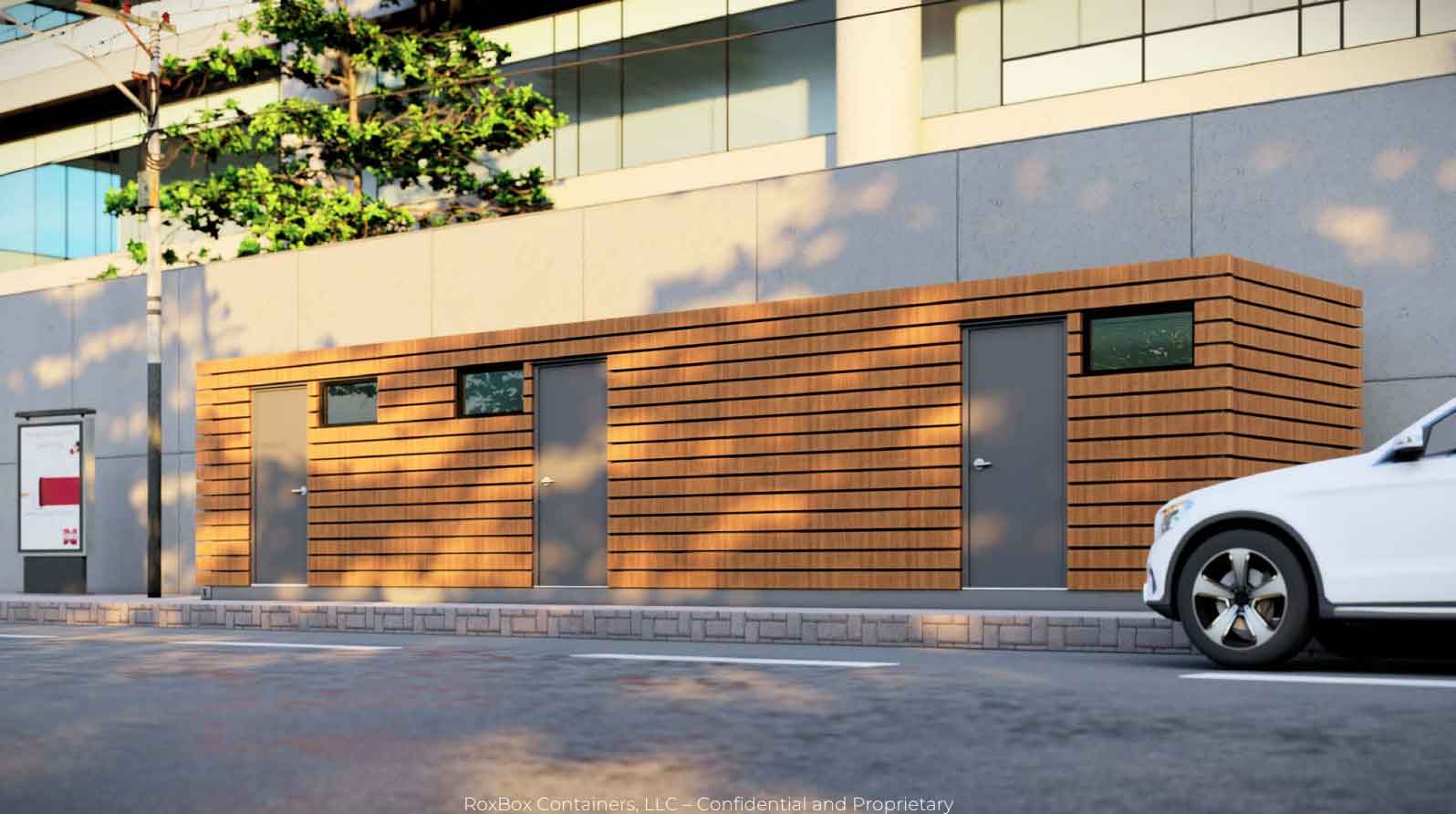How Shipping Containers Can Help COVID-19 Patients Receive Faster Care
TreanorHL’s Health studio has teamed up with RK Mission Critical in Colorado to design modular health spaces in response to the pandemic COVID-19. TreanorHL Principal Steve Carr led the design of containerized isolation and exam room modules in less than a week that can be manufactured in about six weeks. These modules are designed to be fitted out of shipping containers.
What health systems need:
Currently, the spaces in most immediate need include:
- Triage rooms
- Exam rooms
- Infusion rooms
- Treatment rooms
- Testing facilities / laboratories
- Patient rooms
- Quarantine rooms
- Isolation rooms
- Surge space for non-critical care
Short- to medium-term needs include ICU rooms and supplemental care facilities, and longer-term needs include ICU patient rooms, non-critical care facilities and permanent housing, in addition to existing needs to address supply chain shortages.
“Health systems are looking for very quick and temporary solutions for COVID-19 needs on the immediate horizon,” says Carr. Banner Health, for example, has hospital locations in Colorado, Arizona, and California. They have found that indoor solutions in spaces such as convention centers, schools, and hotels are beneficial because they are already weather-proof and can pull power and utilities from the existing facilities.
These modular health units are currently designed to run off of generators for speed of use and cost, but also have an alternative for solar power that could be easily implemented. They can also be manufactured quickly. A factory-built method allows an efficient assembly line process within a controlled environment, which has proven to provide higher quality in less time.
UCHealth and SCL Health in Colorado have also expressed interest in using this modular solution to increase available treatment space, as it is manufactured locally and would not require shipping long distances. Its availability not only benefits healthcare systems during peak times in patient numbers, but also provides a potential long-term solution for a future pandemic or community-wide needs.
The challenge of COVID-19—and any pandemic
Particularly important for COVID-19 patients are isolation and decentralization. Similar to an approach used in South Korea to combat hospital bed shortages, this modular solution can push facilities into urban or rural hotspots, allowing patients to be treated and discharged or isolated closer to their homes.
These units are also designed to help fill another need—provider access. In a large convention center, for example, the concentration of several of these modular units can allow limited healthcare providers to see more patients in one place. And when they do need to cover broader areas, technology integration can help.
“There just aren’t enough medical staff to spread around,” says Carr. “This is why we also included the potential for telehealth components.”

The modular design allows variable site placement depending on community needs. Units are designed with the ability to be grouped together in container “farms.” These farms can include pods of six or eight containers facing each other with a fabric structure between them to create a large outdoor covered area for staging, triage, and drive-through testing. Each pod can be configured with a laboratory, exam room, and isolation rooms depending on need.
“These units are safe, accessible, and give patients the most direct path to understanding their condition and care,” says Carr. Special considerations for those within and around units include air quality, power and structural design, each of which is solved by considering a community’s specific needs.
Air quality to maintain negative pressure and exhaust of potentially contaminate air is another unique challenge to COVID-19. HEPA filters are typically used to capture contaminants, but the virus is so small that HEPA filtration is not effective. TreanorHL designed the units to have a vent stack that can be added after transport that will move the air up and away from the facility.
The standard 8-foot-wide unit size of the containers is tight for functional caregiving, so the team took length into consideration. Containers can be 20, 40, or 60 feet in length. 20-foot containers are best used when portability is a high priority, such as if they were to be shipped and trucked to a remote location in a developing country. The design team focused on a 40-foot container length to accommodate two patient rooms per container for a study within a targeted regional area where moving the containers on a long flat-bed truck is typical.



